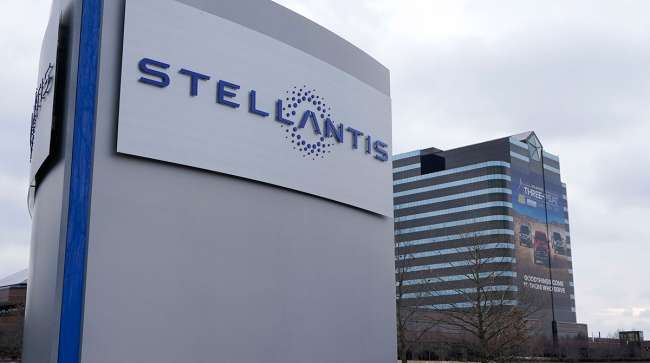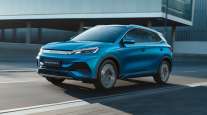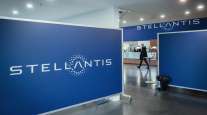Stellantis Reaps $15 Billion Profit in First Year of Merger

[Stay on top of transportation news: Get TTNews in your inbox.]
FRANKFURT, Germany — Automaker Stellantis said Feb. 23 that it made 13.4 billion euros ($15.2 billion) in its first year after it was formed from the merger of Fiat Chrysler Automobiles and PSA Group and would pay out record profit-sharing checks to unionized U.S. workers.
The earnings nearly tripled profits compared with its pre-merger existence as two separate companies, as the maker of Jeep, Opel and Peugeot vehicles exploited cost efficiencies from combining the businesses.
The result compared to a combined 4.79 billion euros for the separate companies in 2020 before the merger, which took effect on Jan. 17, 2021. Revenue for the combined business rose 14%, to 152 billion euros.
#FY2021 #Stellantis: Since Day One, our record results are driven by the speed of execution. Thank you for joining our #FinancialYear Live Tweet. All documents are available here https://t.co/BuykLfQ2oe pic.twitter.com/7rOlXKVGNh — Stellantis (@Stellantis) February 23, 2022
The company also announced that its 43,000 U.S. workers represented by the United Auto Workers union will get profit-sharing checks of $14,670. It’s the highest payment since profit-sharing began 35 years ago. The checks, based on North America financial performance and hours worked by employees, will go out March 11.
CEO Carlos Tavares said the results “prove that Stellantis is well positioned to deliver strong performance” and had overcome “intense headwinds” during the year.
Automakers have struggled with shortages of key parts such as semiconductor electronic components and rising costs for raw materials as the global rebound from the worst of the coronavirus pandemic brings more demand.
Want more news? Listen to today's daily briefing above or go here for more info
The company said the benefits of the merger were worth some 3.2 billion euros during the year. Mergers can lead to streamlined costs as companies combine functions and spread fixed costs over a larger revenue base.
The company accelerated its rollout of battery-powered vehicles, with sales of low-emission vehicles reaching 388,000 — an increase of 160%.
Stricter environmental regulations in Europe and China are pushing automakers to roll out more electric vehicles with longer range. Stellantis started production of a hydrogen fuel cell commercial van under its Opel brand in December.
Stellantis’ other brands include Chrysler, Citroen, DS, Fiat, Maserati, Ram and Vauxhall.




